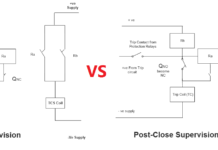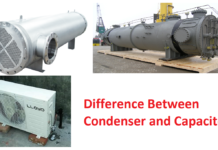Types of Transmission Lines in Power System:
Transmission line are nothing but a long conductors laid either over head or underground to carry bulk power from generating station to consumer area. It is classified in to three different categories according to the length of the line.
- Short transmission line
- Medium Transmission line
- Long Transmission line
[wp_ad_camp_2]
Short Transmission Line:
The transmission lines which length is less than 50 miles is called short transmission line. In short transmission line shunt capacitance values are negligible. In this, resistance and inductance value of the transmission line will be taken for the circuit analysis. The operating voltage will be above less than 22kV.
Medium Transmission Line:
If The transmission line length between above 50 miles to 150 miles is called Medium transmission line. The shunt capacitance is taken into account for circuit analysis. Line resistance and inductance are considered to be lumped. The operating voltage will be, in between 22 kV to 100 kV. The medium transmission lines can be represented by nominal T or nominal π model.
Long Transmission line:
The line length is more than 150 miles is called long transmission line. Line constants are considered as distributed over the length of the line. The lines can be represented as T or π model, they are called as equivalent T or equivalent π model. The voltage is above 100kV.
Sending End: The end which supplies power to the consumer
Receiving End: The end in which the load will be connected
[wp_ad_camp_4]
Transmission efficiency:
The ratio between the power delivered at receiving end to power sent from the sending end is called transmission efficiency.
Regulation of transmission line:
The ratio of change in voltage at the receiving end, from no load to full load to keeping the sending end voltage and frequency constant to full load voltage is called transmission line voltage regulations.









